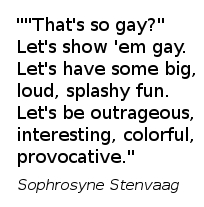Dmitri Williams from the University of Southern California has completed some research in conjunction with Mia Consalvo (Ohio University), Scott Caplan (University of Delaware) and Nick Yee (Stanford University). The title of the research is Looking for gender (LFG): Gender roles and behaviors among online gamers. The research employed a range of survey tools as well as some key health measures like Body Mass Index – the rigour in approach is certainly there.
Some standout points from the research (some aspects are direct findings, others are cited findings in reviewing the literature for the research):
There’s a lot more in the findings than the points above, but some of them alone challenge some significant stereotypes aimed at online gamers. There are obvious ramifications of research like this that turns common stereotypes on their head.
Download the full paper here in MS Word format.



Recent Comments